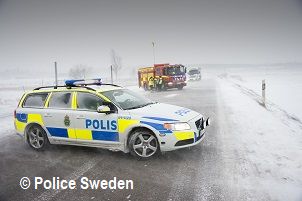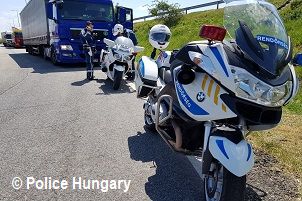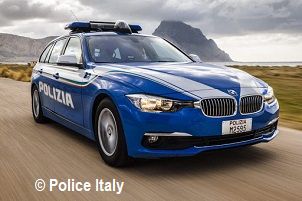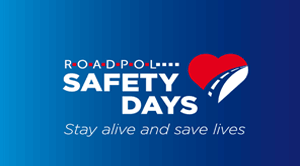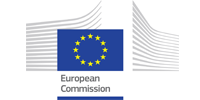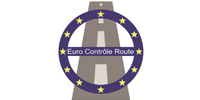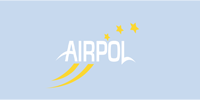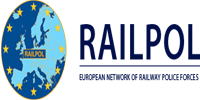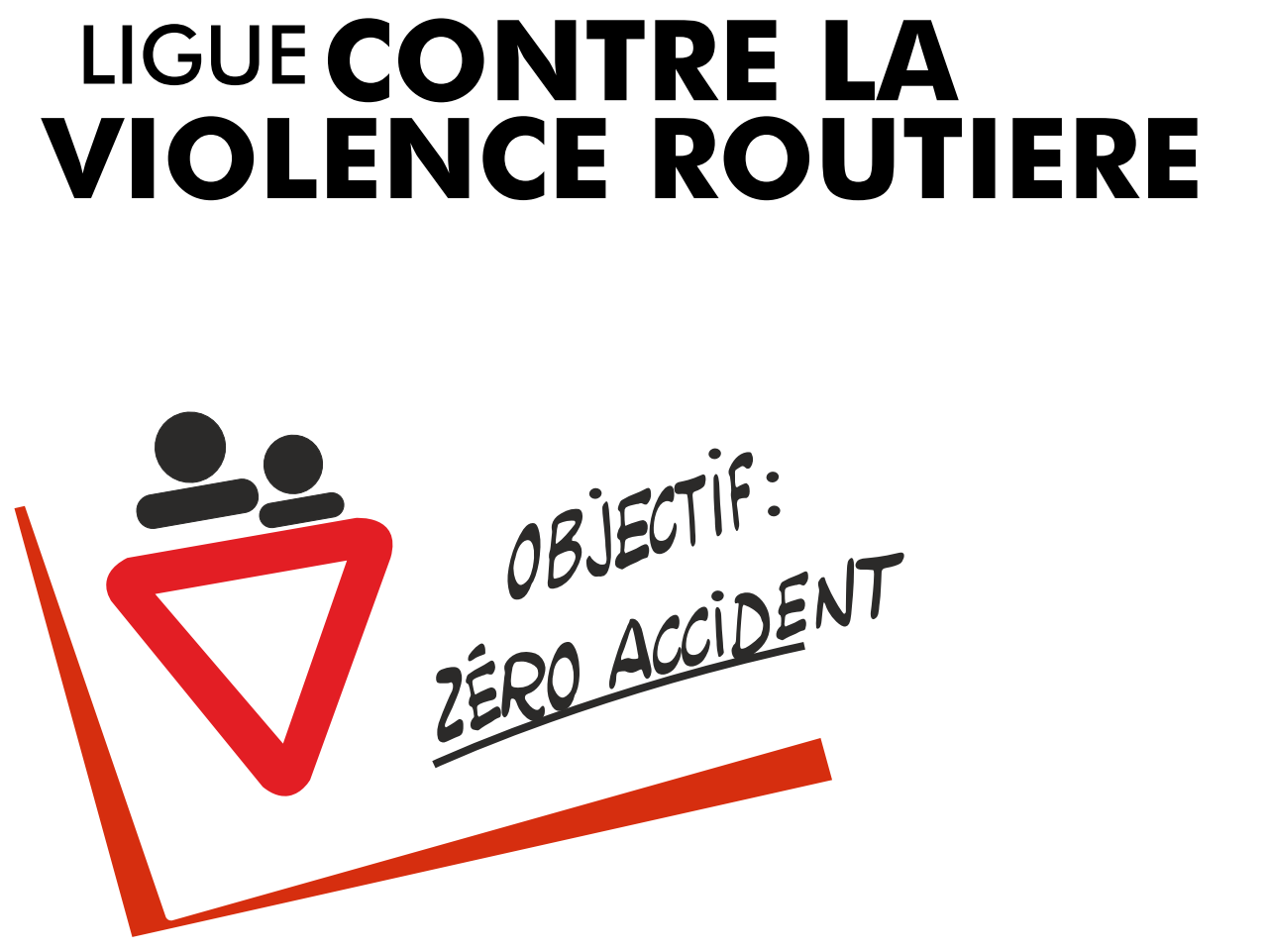Netherlands
This is a ROADPOL country driving guide to help drivers visiting The Netherlands.
Visitor Information:
- In 2015 The Netherlands had a population of 16.900.726 with 10.757.655 registered vehicles.
- 7.979.083 cars, 9597 buses, 1.019.585 trucks and 652.336 motorcycles.
- In The Netherlands we have almost 19.000.000 bicycles of which 1.400.000 E-bikes.
- The length of the road network is 138.912 kilometers of which is 2730 km. express highway.
- The Netherlands border countries are Germany( East) and Belgium (South).
- Amsterdam is the capital of the Netherlands, but the The Hague is the seat of government.
- One quarter of the Netherlands is below sea level.
- Touristic highlights: city of Amsterdam and windmills everywhere.
- The official language is Dutch.
- The international vehicle identity plate is “NL”
Collision & Breakdown Information:
- If you are involved in a collision, you must stop and help injured people, collaborate in avoiding danger and other possible accidents and call the police if there are injured people or if the road cannot be cleared or if there is a risk of causing secondary accidents (The Police telephone number is 0900-8844 (not urgent) and 112 (urgent-emergency) If you see an accident with injuries, you are obliged by law to stop and help injured people.
- If broken down on the motorway, move the vehicle to the hard shoulder or parking place as soon as possible and call for assistance using your cell phone or an yellow emergency telephone, located at the side of the carriageway. Do not stay in the car, get everybody out of the car behind the crash barrier.
- On all roads, ensure you wear a high visibility vest before getting out of your vehicle. In the event of an accident or breakdown, your warning triangle must be placed 30 meters behind the vehicle on ordinary roads and 100 meters on motorways to warn other traffic. On the highways there will always driving road-inspectors (Road-Authority) with yellow Pick-ups which will help you and to call assistance.
Useful Phrase 1 - English:
Call the Police!
Useful Phrase 1 - Destination:
Bel de politie!
Useful Phrase 2 - English:
Do you speak English?
Useful Phrase 2 - Destination:
Spreekt u Engels?
Useful Phrase 3 - English:
My car has broken down.
Useful Phrase 3 - Destination:
Mijn auto staat in panne.
Useful Phrase 4 - English:
Where is the nearest fuel station?
Useful Phrase 4 - Destination:
Waar is het meest nabije tankstation?
Useful Phrase 5 - English:
I am lost.
Useful Phrase 5 - Destination:
Ik ben verdwaald
Useful Phrase 6 - English:
Thank you!
Useful Phrase 6 - Destination:
Dank u!
Road Traffic Policing:
- Maximum speed:
Motorways multi-lane and dual carriageways with multi-level junctions: 130 km/h, unless indicated otherwise, dual carriage ways with same-level junctions: 100 km/h.
A-roads: 80 km/h, B-roads, outside built-up area: 60 km/h
Inside built-up area: 50 km/h, or 30 km/h, as indicated.
- Double white lines along the centre of the road, with green marking in the middle: maximum speed: 100 km/h.
- Double white lines along the centre of the road, without green marking: maximum speed: 80 km/h.
- Passenger car or van towing a trailer or caravan with laden weight not exceeding 3,500 kg, on motorways (both same level and multi-level junctions): maximum speed: 90 km/h.
- Right of way:
Traffic from the right, including bicycles and mopeds, always has right of way, unless road signs indicate otherwise. In one-way streets, cyclists may use both directions, if indicated by traffic signs.
- Winter tyres are recommended but not legally required
Road Traffic Enforcement:
- Dutch Police website www.politie.nl
- Police emergency contact number is 112
Individual limits and specific driving requirements:
For more information about driving in The Netherlands please see the European Commission Road Safety Link - 'Going Abroad':
http://ec.europa.eu/transport/road_safety/going_abroad/netherlands/index_en.htm


